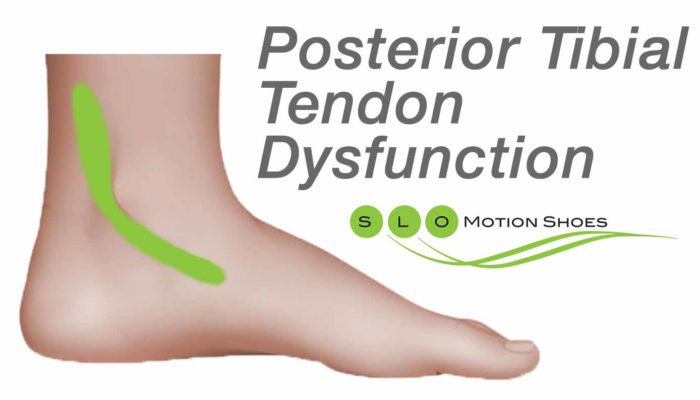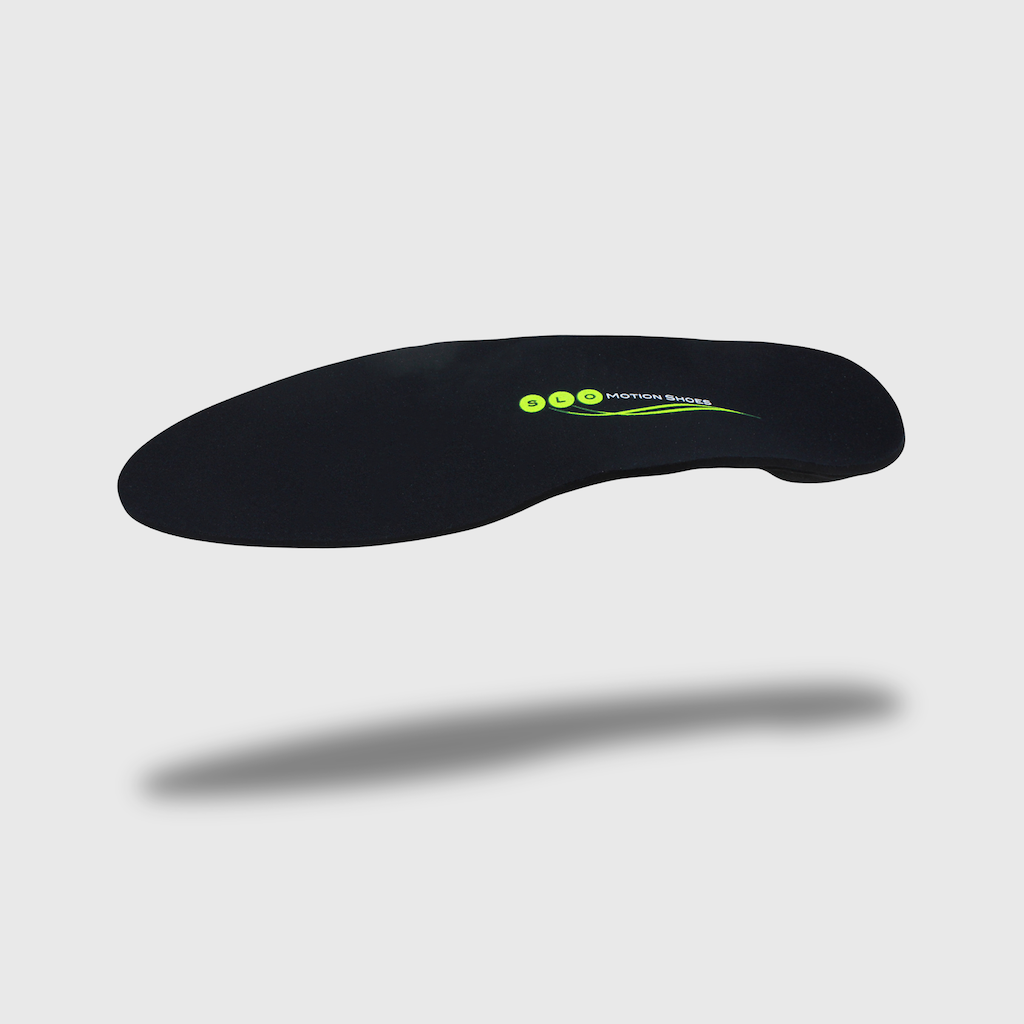The posterior tibial tendon runs along the calf and behind the inside of the ankle attaching to the bones in the middle of the foot. This tendon functions to hold up your arch and provide support as you walk. Changes to the tendon, such as inflammation, overstretching, or tearing, can cause PTTD, which results in flattening of the foot. Also known as progressive flatfoot, PTTD is a painful, progressive condition.

Symptoms
Pain and swelling on inside of ankle
Loss of arch and development of a flat foot
Weakness and inability to stand on toes
Difficulty wearing shoes
As condition progresses, toes turn outward and ankle rolls inward
Pain shifts to the outside of foot below the ankle as condition worsens
Arthritis may develop in foot and ankle
Causes
Preexisting flatfoot
Overuse of the posterior tibial tendon through activities such as running, walking, hiking or climbing stairs
Aging
Obesity
Medical conditions, such as diabetes and hypertension
Inflammatory diseases, such as rheumatoid arthritis, Reiter’s syndrome, or psoriasis
Previous surgery or trauma to ankle
Local steroid injections
Treatments
Since PTTD is a progressive condition that leads to permanent dysfunction, seek treatment as early as possible. If the PTTD has advanced substantially or non-surgical treatments are ineffective, surgery may be the only option.
Immobilization with removable cast or CAM boot
Ankle brace
Supportive shoe
Custom orthotic to support arch of foot
Over the counter pain medication, such as ibuprofen (Advil, Motrin) or naproxen (Aleve), as needed
Avoid all weight-bearing while healing
Physical therapy following immobilization
Posterior Tibial Tendon Dysfunction (PTTD) is a common cause ankle pain in adults. The loss of normal function in this leg muscle can lead to the development of a flat foot and potentially lead to chronic debilitating ankle pain.
The posterior tibial muscle originates in the back of the leg at the calf and forms the tendon at the inside portion of the ankle prior to its attachment on the foot. The muscle helps to lift the arch during the mid phase of walking as it prepares to lift the heel off of the ground. Excessive strain of this muscle in preparing for heel lift increases the risk of developing inflammation of the tendon termed posterior tibial tendonitis. Untreated posterior tibial tendonitis can progress to tendon tearing or attenuation as seen in PTTD. Gender, age and weight all contribute to the development of this condition but the single most important factor is having a preexisting flatfoot. A flatfoot or excessively pronated foot causes the posterior tibial tendon to work harder to lift the arch in preparation for heel lift. The excessive work load on the muscle causes inflammation and ultimately failure as seen in PTTD.
The pain with PTTD is most notable with initial weight bearing and may be associated with inside ankle swelling. Loss of arch height on affected side as well as the “too many toe” sign is noted with standing. When asked to stand and perform toe raises by getting up on “tip toes” pain is worse at the ankle. Lifting the unaffected foot off of the ground and performing a single toe raise is generally impossible due to the lack of muscle strength and associated pain.
MRI’s can be used to confirm this clinical diagnosis. Early treatment may include use of a removable cast or CAM boot followed by a brace and possibly shoe and orthotic therapies. An orthotic and shoe help support the arch of the foot which decreases the demand on the injured tendon. The severity of the flatfoot will determine whether a shoe and orthotic will alone support the foot enough to improve foot function or if an ankle brace may be required.
Surgical care options exists if conservative care measures fail to relieve pain so early recognition of this condition can be critical in its outcome.
Posterior Tibial Tendon Dysfunction – PTTD (Adult Acquired Flatfoot) Discussion Board
Select a View
Click on the view that most represents the area of discomfort that you are experiencing. Drag your cursor over your area of concern to obtain a brief description of the potential condition.
Suggested Products
-

Varus Orthotic
$75.00Our nylon full-length top cover is soft and silky smooth and helps absorb moisture.Select options







